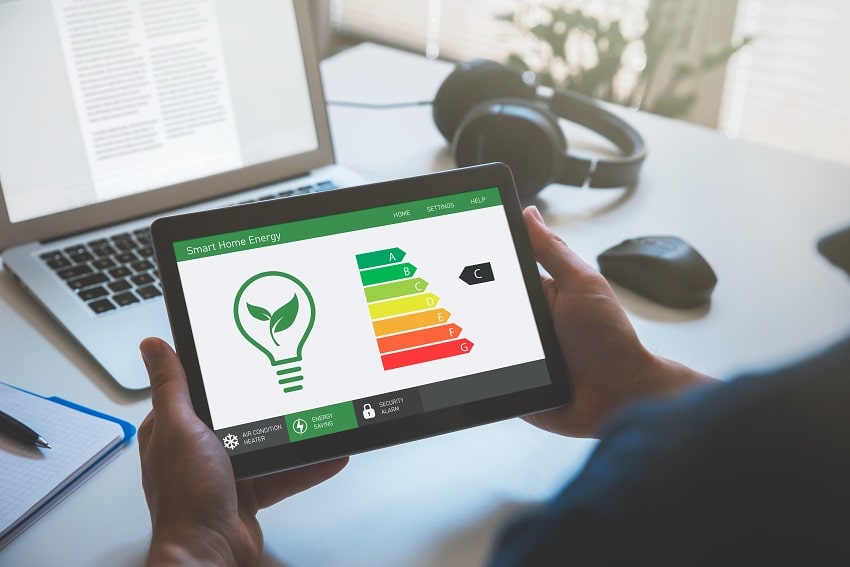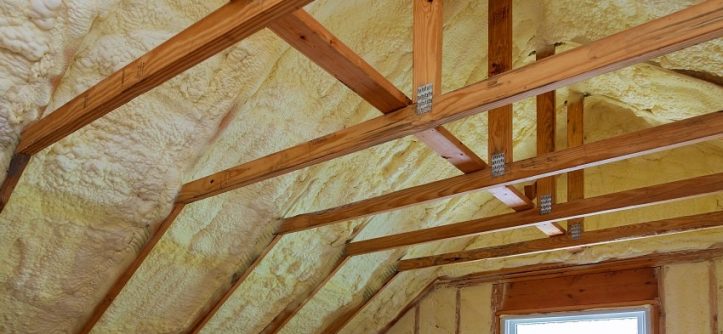As environmental concerns increase gradually, many homeowners are looking for ways to turn their homes into energy-efficient ones. Whether you’re planning to build a house from scratch or convert your practices at home, this guide will show you what needs to be done to improve your energy consumption. After all, this is an excellent initiative for you to help the environment and save up on your monthly utility bills.
The primary goal of making your home energy-efficient is to make it comfortable and sturdy long-term. When energy-saving fundamentals are displaced, you can enjoy a cool and relaxing indoor atmosphere, without shelling out hefty money for your electricity bills. Considering how electricity costs are rising all the more each year, this decision should be a sound one.

You may apply the following essentials to make your home more energy-efficient:
- Insulated Entry Points
Energy can be lost through the entry points of your home. The heat from your heating system and the coolness of the air conditioner could pass through the gaps and crevices on your windows and doors. It’s often said that one-third of the efficiency of your HVAC systems is wasted away through the entry points. Therefore, it’s best to insulate them. There are several insulation products you can choose from to, so use them for your entry points.
The technology behind windows has improved over the years, so replacing your old-fashioned windows may be necessary. Consider features and characteristics of windows that match your climate requirements and insulation needs.
Also, make sure your windows and doors are installed correctly and have no leaks. Thoroughly inspect gaps and drafts into the frames of your entry points. If you ever see any air leaking, you can utilize weatherproof caulk and weatherstrips. You can find them in a hardware store near you, and you can install them by yourself. This should be enough to seal the air leaks on your windows and doors.
- ENERGY STAR Certified Household Appliances
Invest in ENERGY STAR rated household devices and appliances to make your home more energy-efficient. Consumers can identify ENERGY STAR certified appliances by looking for the blue ENERGY STAR mark. This means that these high-performing appliances don’t necessarily consume a lot of electricity. This would allow owners to save energy and money at the same time.
Upgrade your appliances, beginning with those that use the most energy. For instance, it’s a no-brainer that refrigerators and dryers consume a lot of energy for their purposes. You can start with these two upgrades and see positive savings on your next bill.
- Lighting Fixtures
The lighting system in every building or home consumes considerable energy. Try to change your fixtures to make your home more energy-efficient. It’s recommended to use fluorescent bulbs and LEDs since they use less energy and generate more light. The returns on investment from LED lights are compatible with most light fixtures. Many new designs come with these energy-efficient lightings, so you can choose them to match the interior styles of your home.
LEDs and bulbs aren’t the only way to reduce artificial lighting requirements during the day. Building windows can also be designed in such a way as to maximize natural lighting. You can turn off all the lights in the daytime and take advantage of sunlight by opening windows or using thin curtains so the sun can seep through. As for nighttime, you can install LED wall packs to improve your exterior lighting efficiently.
- Cool Roofing Materials
An energy-efficient home must also consider the roofing material. Deflecting the sunlight from your roof allows your home to maintain a constant temperature by absorbing less heat. Roofing materials affect energy efficiency in many ways. You can reduce air pollution and greenhouse gas emissions by using the materials used to build your roof, and you can stay cool without air conditioning.
At first, choosing a roof may seem expensive, but in the long run, you’ll save money by controlling your home’s temperature during the summer. Typically, cool roofs are made with low thermal mass materials, like ceramic, slate, or clay shingles. These materials are coated with reflective layers or colored with light pigments that reflect sunlight.
- Water Heater
It consumes a great deal of electricity to heat the water in the home. The user can save energy by improving the water heating system in various ways. One way is to go for an insulated water heater tank. This allows the tank to retain heat, so water will remain hot for some time. And, another alternative is to use solar power for your water heating system. Solar power water heaters are popular for homes today, and they’re a surefire way to help save on your electricity bills.
Conclusion
The user should also be careful about overusing electricity along with these tricks. Although these essential changes in your home could drastically save electricity, you and your family must create personal efforts to minimize your energy consumption and apply tips to lower electric bills. While you’re away, be sure to turn off your lights, HVAC unit, and other home appliances. You can decrease your carbon footprint in this manner. House plans that are energy-efficient may seem expensive at first, but, in the long run, they’ll save you a lot of money, as well as energy.


